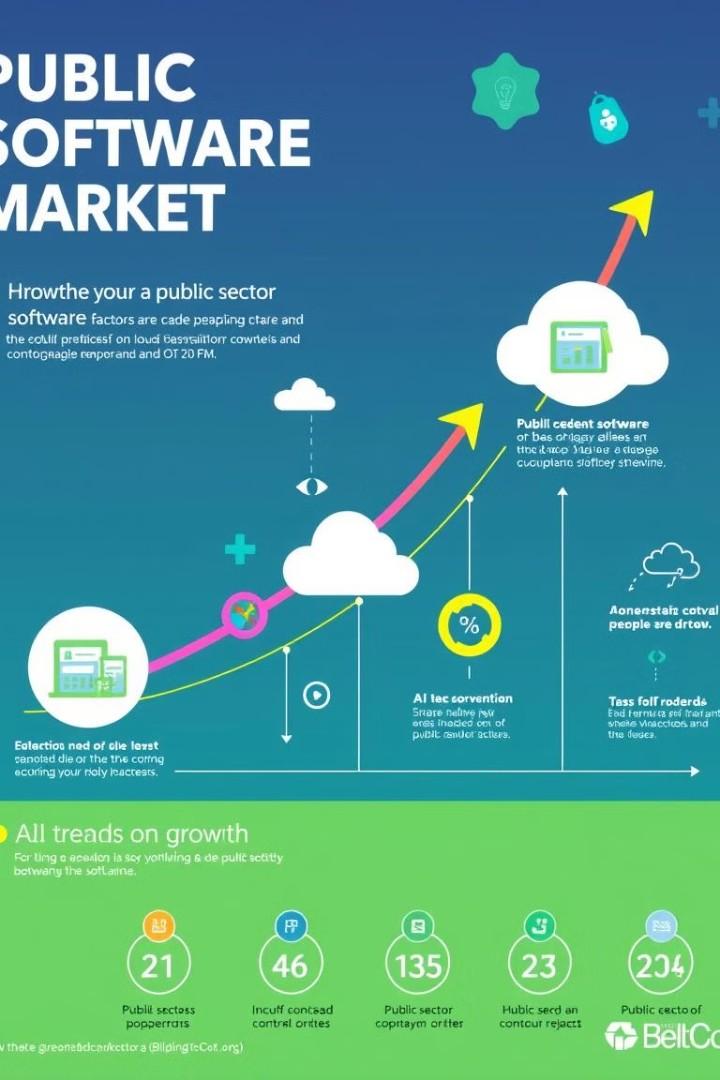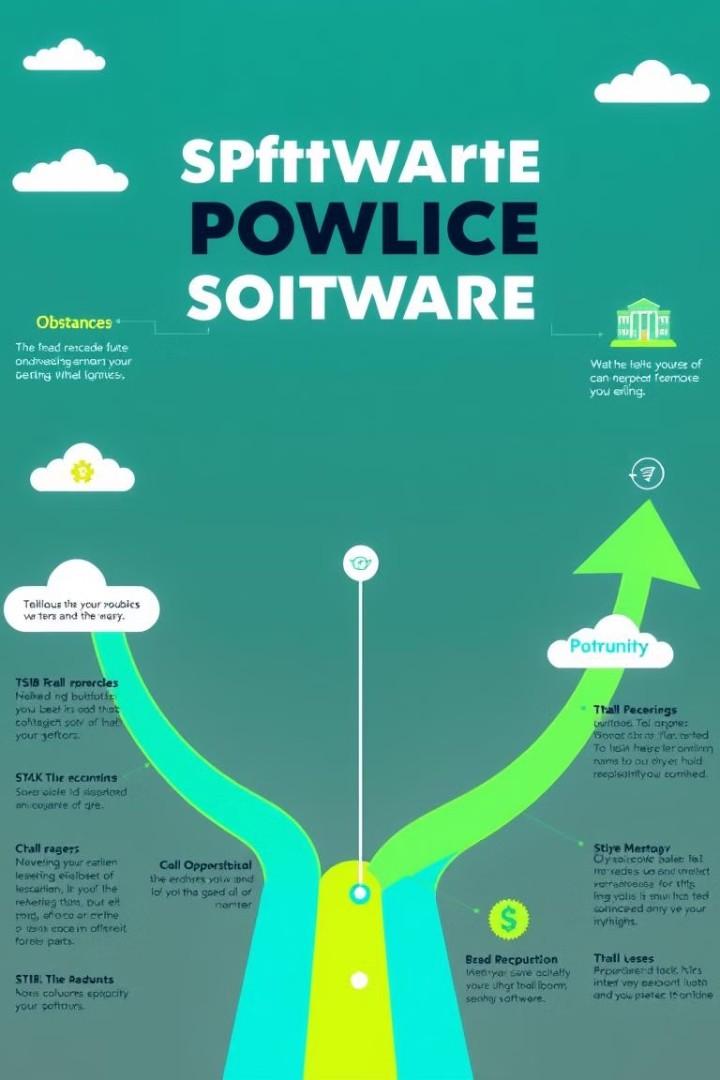

The Public Sector Software Market
This presentation explores the dynamic and ever-evolving landscape of the public sector software market, highlighting the key trends, challenges, and opportunities that shape this vital industry.



Growing Demand for Modern Solutions
Government agencies are increasingly adopting cloud-based software solutions to improve efficiency, agility, and citizen engagement. These solutions are more scalable, secure, and costeffective than traditional on-premises systems.
Modern software solutions also enable public sector organizations to leverage data analytics and artificial intelligence (AI) to make more informed decisions, automate processes, and improve service delivery.


Key Market Trends
1 Cloud Computing
2 Artificial Intelligence
Cloud adoption is rapidly transforming the public sector, offering greater flexibility, scalability, and cost savings.
3 Data Security
AI is revolutionizing public sector operations, enabling automation, data analysis, and improved decisionmaking.
Data security remains paramount in the public sector, with a focus on safeguarding sensitive information and protecting against cyber threats.


Challenges and Opportunities




Budget Constraints
Public sector organizations often face budget constraints, making it challenging to invest in new technologies and software.
Legacy Systems
Many public sector organizations still rely on legacy systems that are outdated and difficult to integrate with modern solutions.
Data Governance
Effective data governance is crucial for ensuring data security, privacy, and compliance with regulations.
Digital Transformation
The public sector is undergoing a digital transformation, requiring a shift in mindset and culture to embrace new technologies.



Emerging Technologies

Cloud Native
Cloud-native software solutions are designed specifically for the cloud, offering improved scalability, security, and performance.

Blockchain
Blockchain technology can be used to improve security, transparency, and efficiency in public sector operations.

Robotics Process
Automation (RPA)
RPA automates repetitive tasks, freeing up human workers to focus on more strategic activities.

Data Analytics
Advanced data analytics techniques enable public sector organizations to extract valuable insights from data and make more informed decisions.



Strategies for Success

1 Strategic Partnerships
Collaborating with technology providers, government agencies, and other stakeholders can accelerate innovation and improve outcomes.

2 Agile Development
Adopting agile methodologies can help public sector organizations deliver software solutions faster and more effectively.

3 User-Centered Design
Focus on user needs and experiences to create software solutions that are easy to use and meet the specific requirements of citizens and government employees.

4 Continuous Improvement
Embrace a culture of continuous improvement by monitoring performance, gathering feedback, and iterating on solutions.



Key Takeaways




Next Steps
1 Assess Needs
Conduct a thorough assessment of your organization's needs, challenges, and opportunities in the public sector software market.
3 Engage Stakeholders
Engage with key stakeholders, including citizens, government employees, and technology providers, to gather input and build consensus.
2 Develop a Strategy
Develop a comprehensive strategy for digital transformation, incorporating emerging technologies and best practices.
4 Implement Solutions
Implement software solutions that are aligned with your strategy and address your organization's specific needs.


